Everything you need to know about silk
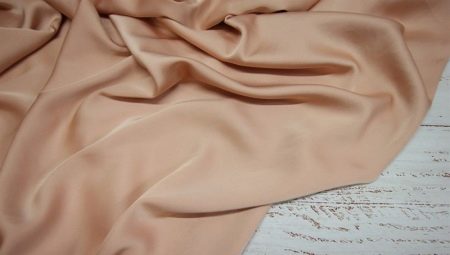
Silk fabrics have been known to mankind for many centuries. These expensive materials are present in almost every designer clothing collection and do not lose their popularity at all. We will find out in more detail what properties this canvas has, why it is so attractive and what types of it are available to buyers.
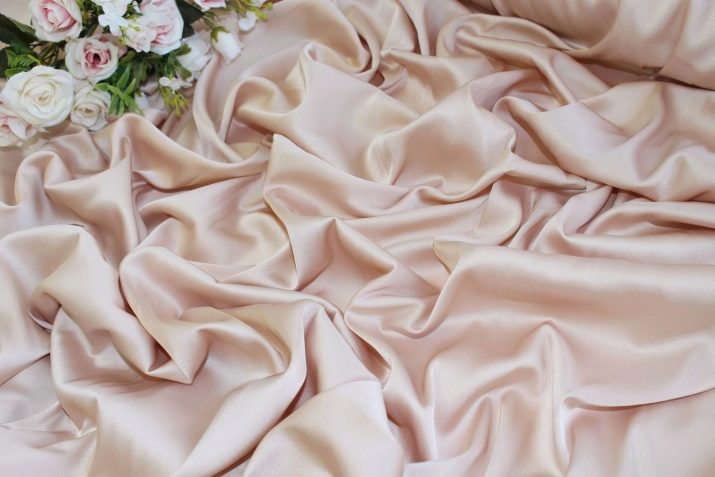
Peculiarities
Natural silk is a light, thinnest fabric, which is obtained thanks to the caterpillars of the silkworm. The first such caterpillars were discovered by man even before our era, and it happened in China. For many centuries, the Chinese did not reveal the secrets of silk production to other peoples, and the fabric itself was intended exclusively for the wealthy imperial family. But in the 5th century, thanks to a fluke and unlucky smugglers, silkworm pupae ended up in India. From there, the secrets of the craft began to slowly spread throughout the world.
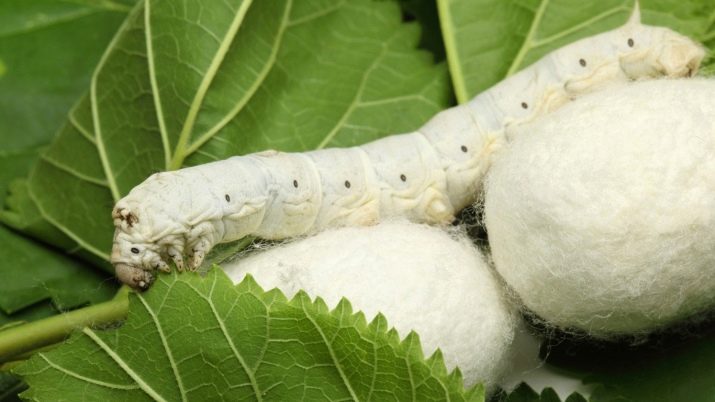
Silk is produced using a very interesting technology, the features of which are not familiar to everyone. To make fabric, manufacturers set up special farms where silkworms are bred. First you need to awaken the eggs of the butterflies; for this, special temperature conditions are organized. The hatched larvae are very voracious, they need a lot of leaves. Growing up, caterpillars go through several stages of molting and eventually begin to create a cocoon.
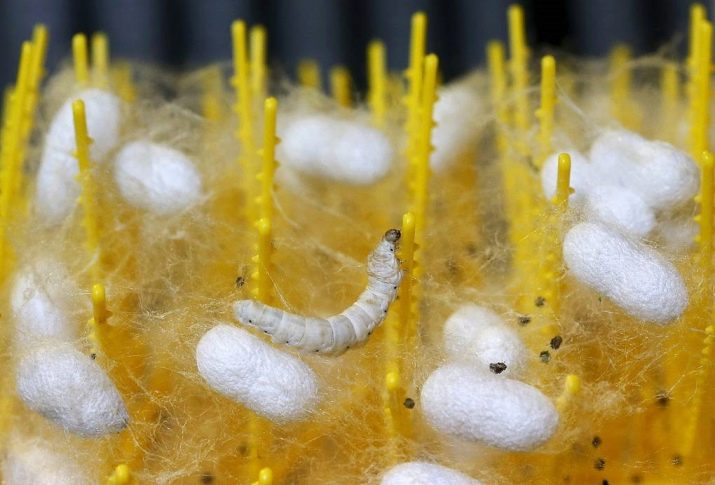
When the cocoons are formed, they are examined and the best ones are selected. A few are left for the release of butterflies. The latter do not fly, they are absolutely blind, although thousands of years ago everything was not at all like that. The selected cocoons are immersed in hot water, and from them sericin is released - a substance that sticks together the fibers. After that, the finished yarns are automatically wound on special machines, and later they are transported to weaving workshops.
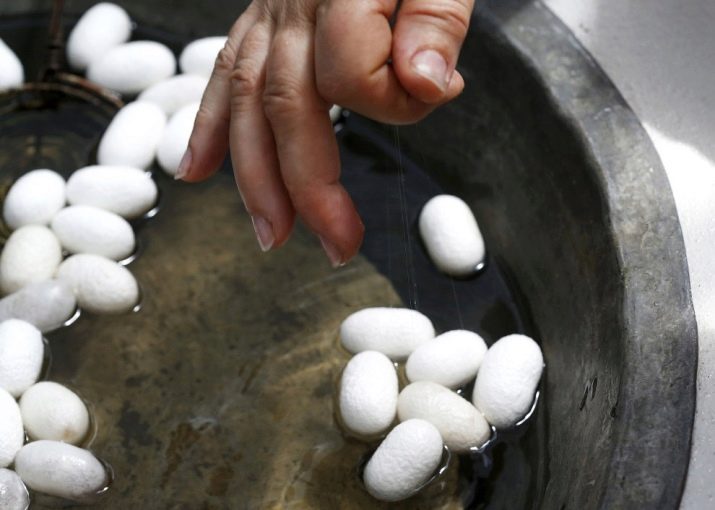
Today silk fabrics are produced everywhere, but the Chinese material still has a special quality. The composition of such silk includes proteins (fibroin) - about 70 or 80% of them, as well as sericin - up to 30%. A small proportion of the weight is accounted for by wax components, as well as various amino acids and minerals.

The production of fabrics can be standardized by various GOSTs. For example, document No. 28253-89 is responsible for the general technical conditions of silk and semi-silk fabrics, and GOST 22542-82 describes abrasion resistance.
Silk has many positive properties.
- Effective appearance. The fabric is very thin, delicate, it looks luxurious. The material is especially interesting to reveal in the sun, since it can refract rays. In addition to its beautiful appearance, the matter is quite pleasant tactilely.
- Good thermoregulation. In silk clothes, it is cool in summer and not cold in winter, despite its thinness. The material perfectly absorbs moisture, dries out rather quickly, and allows air to pass through.
- Hygiene. Insects, dust mites, various microorganisms never take root on silk products. For some reason, they bypass this fabric.
- Wear resistance. Silk products are worn for many years, they do not tear or stretch. In addition, such things practically do not crumple (but it depends on the variety).
- Non-flammability. If an ember or an accidental spark hits the fabric, there will be no instant flash of flame. Matter will simply start to smolder slowly.
- Low shrinkage. The washed item can shrink by only 5% of its original length.
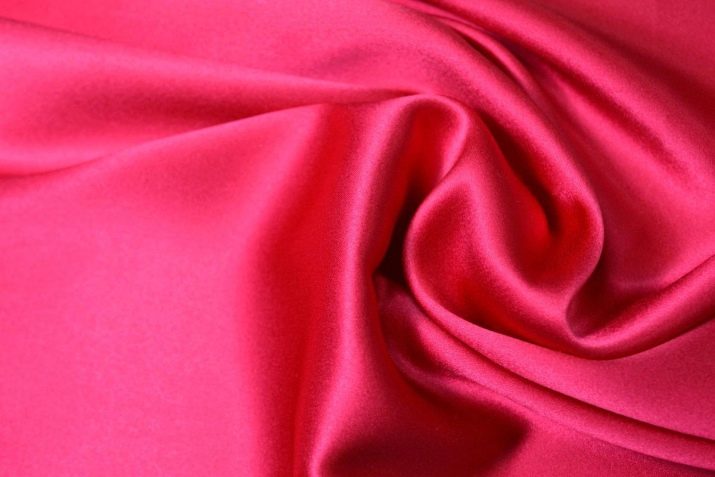
Now let's highlight the shortcomings of the described matter.
- High prices. Nothing has changed here since ancient times - silk still continues to be very expensive.
- Moisture stains. Despite the fact that the matter dries very quickly, after that stains and streaks from water or sweat form on it.
- Increased requirements for care. Natural silk needs properly organized washing and ironing.
- Fear of the sun. Matter quickly fade under the sun's rays, loses its colors and original appearance.

Varieties
Silk can be classified into two types: natural and artificial. They are fundamentally different from each other.
Natural
This is exactly the natural silk that is obtained from silkworm caterpillars. The threads of such raw materials can be different in color and density. The reason for this is the different growing conditions for the caterpillars. Those that live in natural conditions always produce a lower quality thread. The color depends on the foliage that the insects eat.
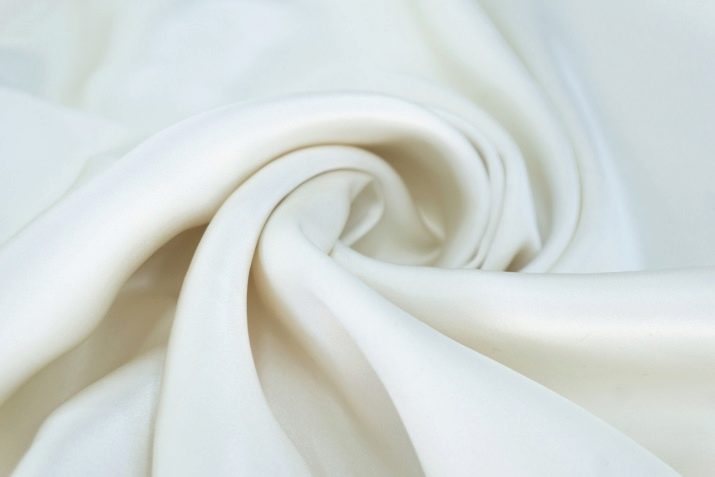
Silkworms produce threads for ancient Chinese silk. The dense material is more often obtained from Indian caterpillars that eat oak foliage. In general, there are now two varieties of silk thread.
- Mulberry. The most expensive and at the same time the most beautiful variety. Such threads can only be obtained in a farm environment.
- Tussa. And this sort of thread is produced by wild caterpillars. The threads have all the characteristics of silk, but they are not as ideal as the previous subspecies.
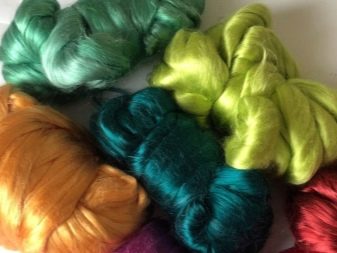

Artificial
Artificial silk is nothing more than viscose. Such fabric serves as an excellent substitute for natural expensive fabric, it has a beautiful appearance. Viscose is made from cellulose by passing raw materials through a spinning machine. However, sometimes the name "silk" is also used for fabrics that have absolutely nothing to do with it, they are similar only in a smooth surface, for example, polycotton.
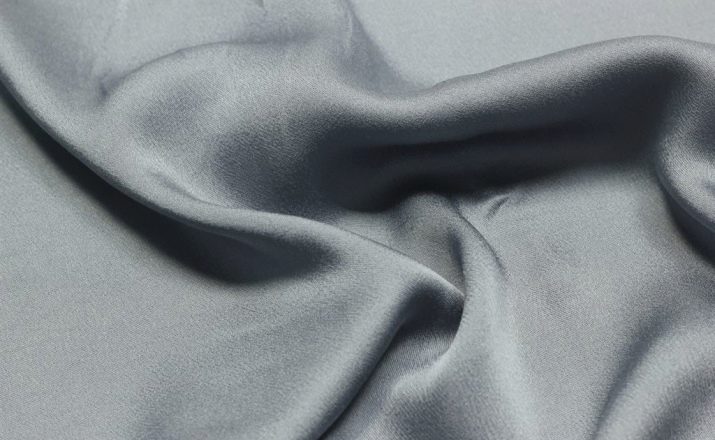
Viscose has many distinctive characteristics. This is a thin and light beautiful matter. It can be either almost transparent or dense. The fabric is pleasant to the body, but it still allows air to pass much worse than natural material. Viscose is not afraid of the sun, and dries as quickly as natural silk.However, the matter crumples a lot, it is difficult to work with it, it can break with careless movement.
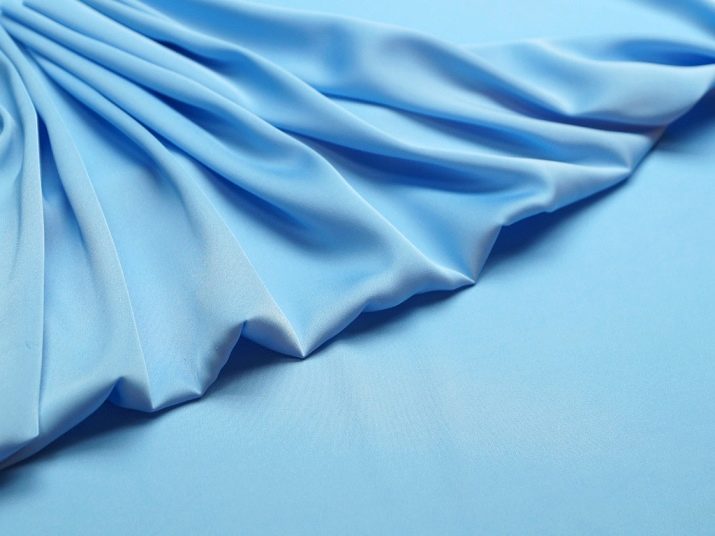
Due to these characteristics, viscose is an order of magnitude cheaper than silk.
Types of silk fabric
Many beautiful types of fabric are made from natural silk threads. Let's take a closer look at the features of the most popular ones.
- Atlas. This is an iridescent interesting fabric, where one side is shiny and the other is matte. The interlacing of the threads forms a geometric pattern. Atlas can be light, heavy, patterned. It is very often used in the manufacture of wedding dresses, elegant suits, home textiles. The most popular are Japanese types of atlas.
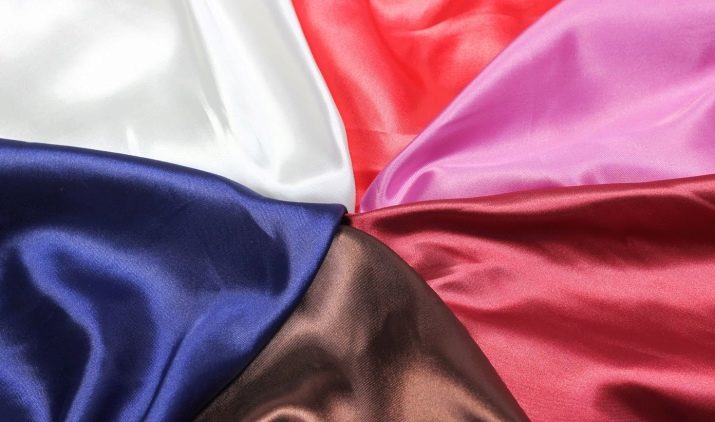
- Gas. The lightest fabric with a special weave of threads. The fabric is remarkably permeable to air and light. Light blouses are sewn from it, and it is also used to decorate dresses made of satin and other similar materials.
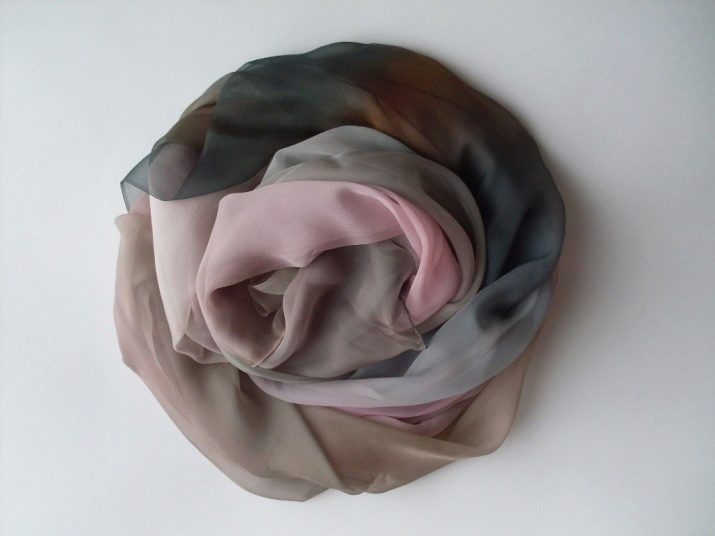
- Crepe. It is a slightly rough material, the surface appears grainy upon palpation. Thanks to the multiple weaving of the threads, the crepe is very strong and tear-resistant. The fabric practically does not wrinkle, it can be used to create spectacular draperies.
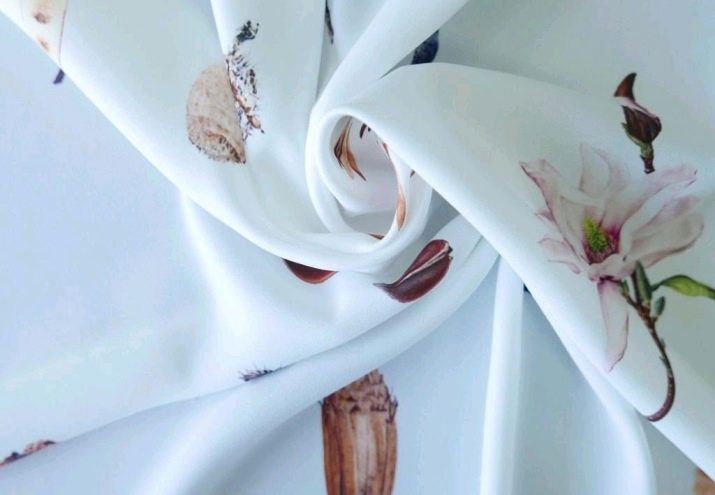
- Organza. This material is practically weightless. It does not wrinkle at all and does not shrink after washing. It can be shiny and matte, there are some other variations. Organza lends itself to a variety of decorating methods.
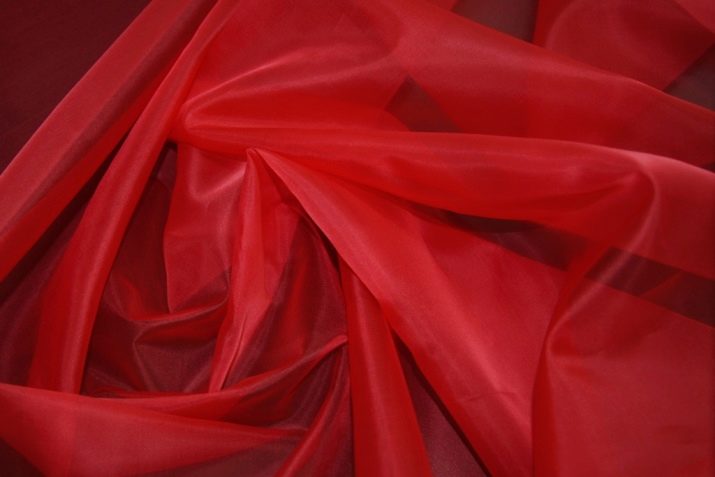
- Silk satin. This material has a beautiful undulating tint. There is a little cotton in the composition. Such satin perfectly withstands staining in the brightest colors; different patterns can be created on its surface. The fabric is popular in sewing clothes.
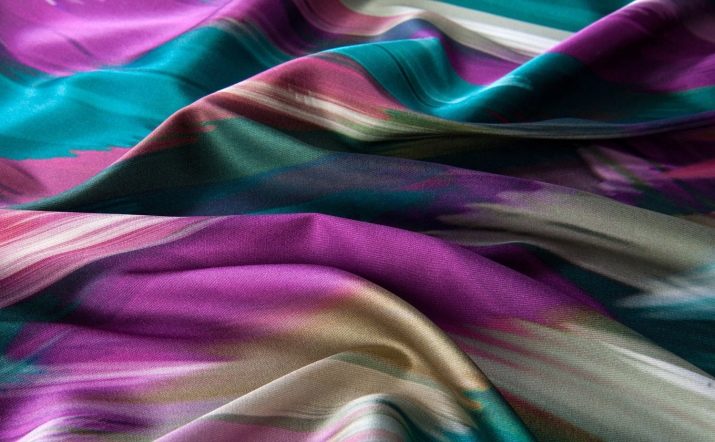
- Chiffon. This is a semi transparent fabric. When probing it, the impression of sifting sand between the fingers is created. Despite the thinness of the fabric, it is very light and durable, absolutely hypoallergenic. Especially popular are the nacreous subtype of fabric and the material with the "chameleon" effect.
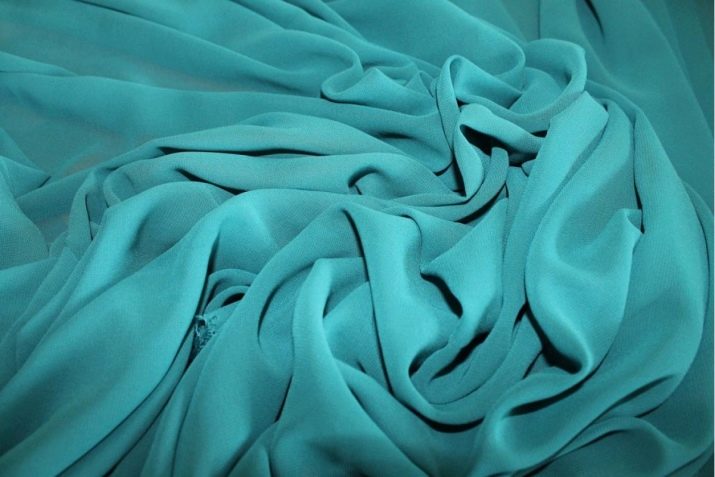
- Chesucha. This material is also called wild silk. It is produced by caterpillars in natural conditions. Scabies are more expensive than silk from mulberry caterpillars, but this material is no less beautiful. It is very durable and more accessible to a wide range of consumers.
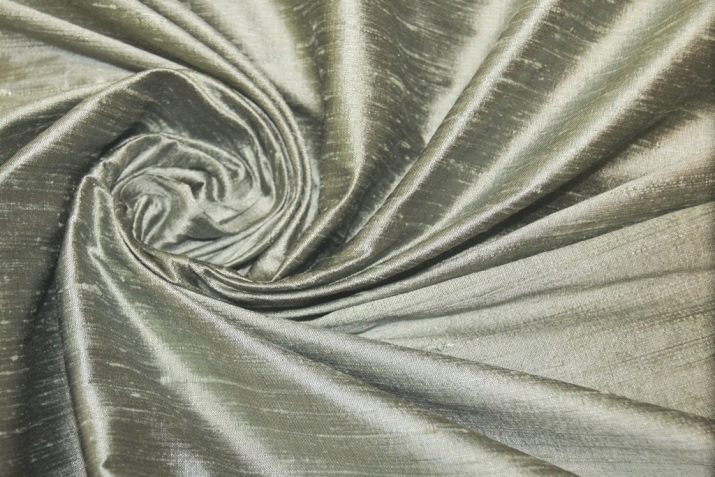
- Foulard. This is a very thin shawl fabric, from which beautiful light curtains, neckerchiefs and many other accessories are made. It has a plain weave, can be dyed in different colors, tolerates prints well. But it breaks easily.
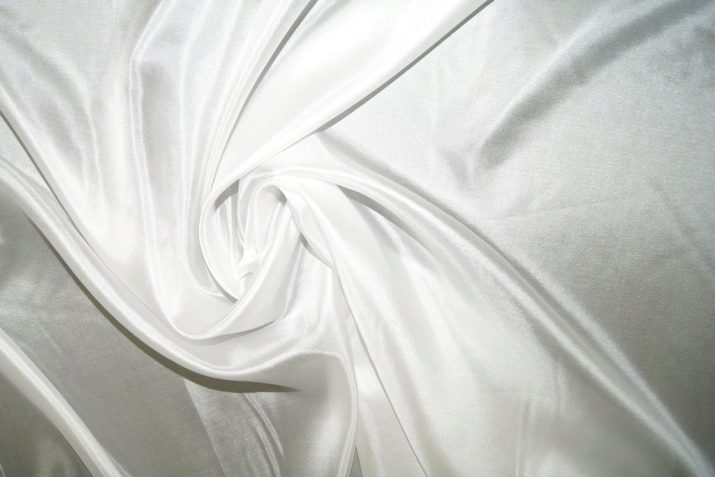
Other fabrics with silk:
- taffeta;
- toile;
- charmeuse;
- muslin;
- silk veil;
- dupont;
- silk pontage;
- brocade;
- twill;
- excelsior;
- cambric with silk, etc.
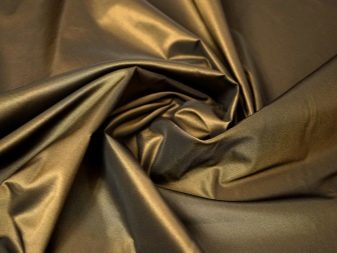
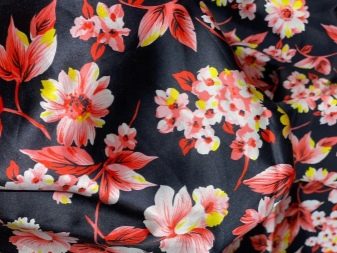
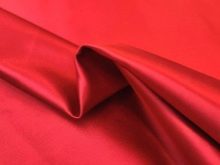


Separately, it is worth noting such a concept as "boiled silk". It is a matter with a matte surface. The weaving of such a fabric is plain. Boiled silk is very similar in texture to suede and is widely used in sewing clothes and creating decor. There is also crumpled silk, a similar look is given by pressing. There is also a ribbed fabric called reps.
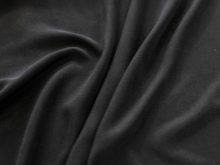
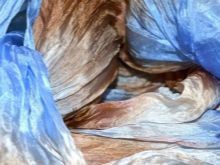

As for rayon, the most popular variety is rayon. Artificial silk modal is made from eucalyptus wood. The surface of such fabric shines effectively in the sun. Lyocell is similar in characteristics. Acetate silk is incredibly soft, but quickly electrified, just like synthetic silk. Puffs constantly appear on both types of matter. In addition to the above, there is also a soft fabric with silk, as well as such a subspecies as "wet silk".
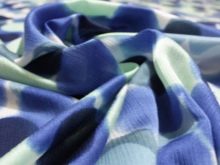

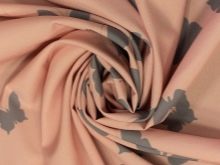
A certain percentage of silk can be in a wide variety of materials. Often, silkworm threads can be mixed with cotton, wool, synthetic materials. Natural and artificial Italian raw materials are the most expensive. Natural silk from Italy is as close as possible to Chinese in quality.
What can you sew?
Many different things can be made from the described fabric.
- Casual and other clothing. Items of women's, men's and children's wardrobe are obtained from delicate matter. True, silk clothes for children are sewn less often. Basically, these are beautiful blouses and suits for women, shirts for men. Thin material will be a good decoration for a wedding or evening dress. Thicker fabrics (such as satin) are an excellent background for creating light geometric patterns.
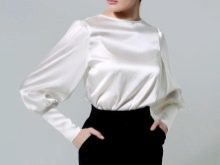
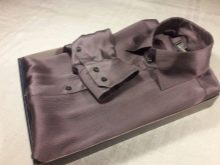

- Lingerie and outfits for the home. Silk lingerie sets, openwork robes and peignoirs bring a lot of pleasure to those who wear them. However, such things are very expensive.
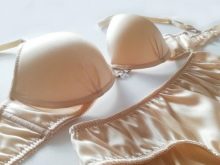


- Home textiles, curtains. Light curtains are sewn from thin organza and veils, spectacular curtains are made from satin, it is also used as home textiles or as part of furniture upholstery. Silk satin and some other types of fabrics can be used for sewing exclusive bed linen.
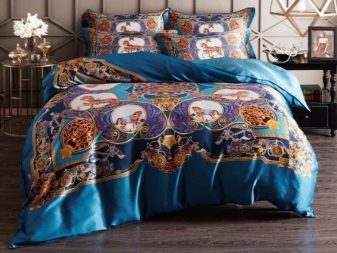
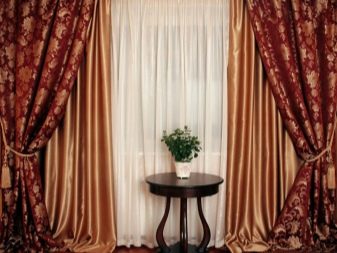
- Lining. Interestingly, silk can also be a great lining fabric. Such clothes will be very pleasant to the touch.
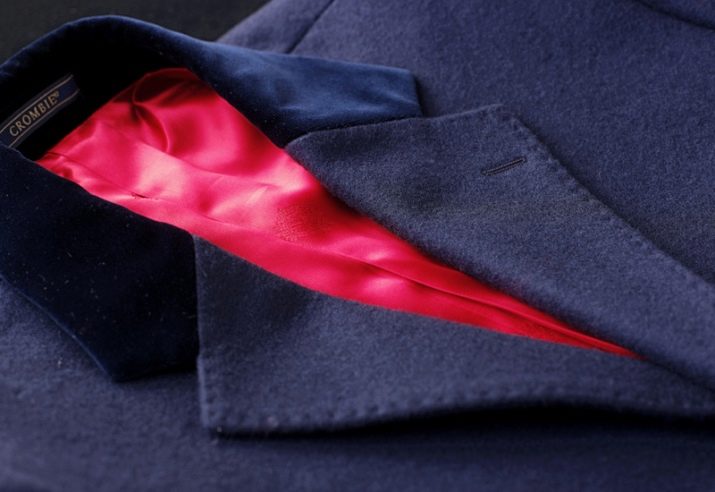
- Accessories. Natural and artificial fabrics are used to make thin men's and women's scarves, beautiful ornaments for hairstyles, delicate ribbons.


How to recognize silk fabric?
Before buying a silk item, it is very useful to understand the intricacies of the selection of such products. If you want to buy a thing made from natural material, you need to remember a few selection rules.
- Natural fabric has a subdued shimmer. Under different lighting, it changes its shade, begins to shimmer in a different way. But artificial in any light will look the same.
- Natural silk, when applied to the body, instantly heats up to its temperature. It is very soft, streamlined. Artificial fabric heats up extremely slowly.
- If you squeeze a good fabric in your hand, it forms a fold that will straighten almost immediately. Viscose and other similar materials take longer to regain their shape.
- If possible, light a thread of silk. The aromas of plastic and wood speak of the unnatural origin of matter.


How to care?
Silk products require delicate care. The white material is washed separately from the colored one. You can do this both in a typewriter and manually. If a machine is selected, it is worth setting up the "Silk" mode. In both cases, the thing is not twisted, and the temperature is brought to a maximum of +30 degrees. They wash things using soft agents, better than liquid ones, rinse thoroughly if the procedure is carried out manually. Experts also advise adding vinegar (5 tablespoons per 10 liters) to the rinse water, this allows the fabric to regain its bright colors. The wet thing is placed on the bottom of the bathtub so that the water can flow freely.
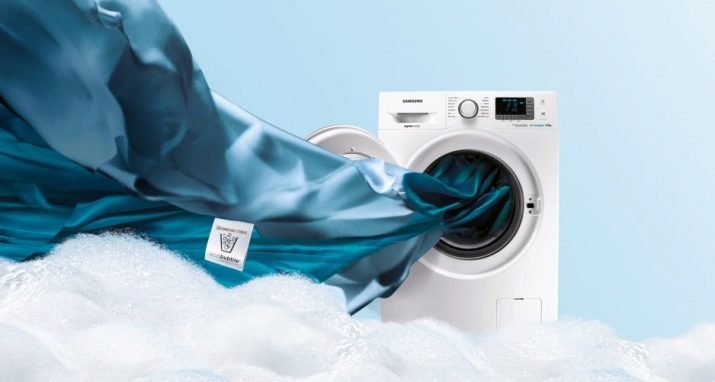
You can dry products made from natural or artificial fabrics horizontally and vertically. The main thing is that drying does not take place near the radiator or on a hot, sunlit balcony. Remember that silk is afraid of direct sunlight. It is better to iron things through an iron or cheesecloth; the heating mode should be as low as possible.
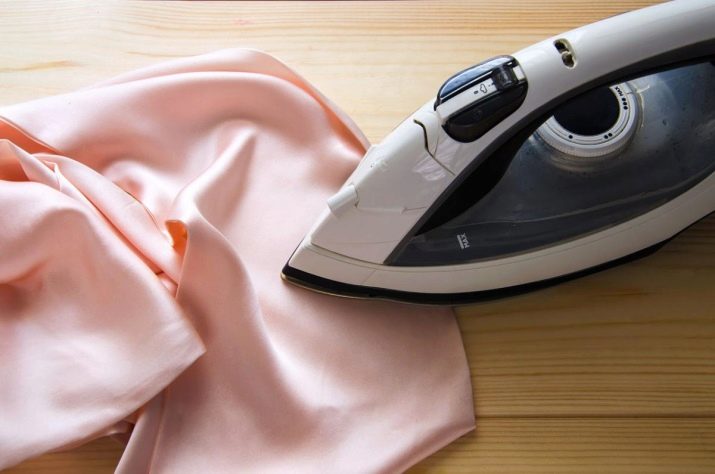
Ironing is carried out exclusively from the inside out, as the iron can leave marks.








